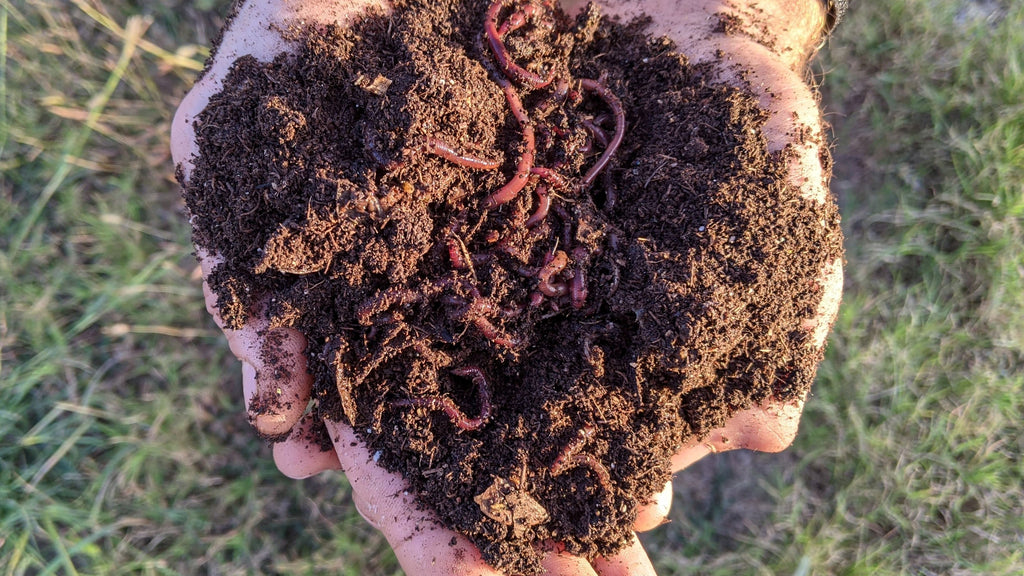
The finished compost is then used in landscaping, agriculture, soil erosion control and soil remediation projects. Once the organic waste has been separated from recyclable and unwanted materials, anaerobic digestion is used to produce biogas and organic material that can be made into compost. The city of Toronto, for example, now uses a vermicomposter to treat the organic waste picked up from citizens' doorsteps. Large-scale vermicomposting has been practised for more than 20 years by various municipalities and industries as a cost-efficient and environmentally friendly way of reducing waste. Many cities, town councils, school canteens, restaurants and community groups are planning and piloting worm composting as an efficient means of dealing with organic waste instead of filling up landfill sites. Some waste-management companies have found ways of dealing with these problems, but only with limited success and always with huge price tags attached. This mess then hits the closest river source, potentially polluting all related water bodies, soils and living organisms, including humans. Once the organic waste liquefies it seeps down into underground waters and takes all the toxic elements mentioned above along with it.


Since oxygen is absent, organic materials undergo anaerobic decomposition and emit biogases such as methane and carbon dioxide that contribute to the greenhouse gas effect.

In a process called laxiviation (that is as repulsive as it sounds) organic waste gets compacted and mixed in with toxic elements such as oils, paints and detergents. Contrary to instinct, organic waste actually does more harm than good in landfill.


 0 kommentar(er)
0 kommentar(er)
